Interview with Scott Barnes from Microsoft
May 28, 2009
Originally hosted at http://blogs.msdn.com/msmossyblog/archive/2009/05/28/interview-with-mark-coleran.aspx
I just finished watching an Interview Adobe Evangelist Lee Brimelow put together around UI’s for the movie industry. It occurred to me tonight that I did an interview with the great Mark Coleran in Jan 2008 but never published it!. To help carry this insight into Hollywood and the software industry, i thought I'd publish it tonight.
Coleran Reel 2008.06 HD from Mark Coleran on Vimeo.
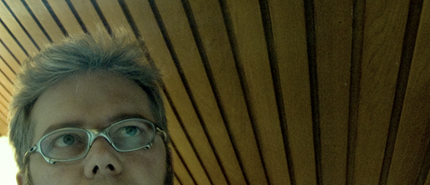
Who are you? And what is it you do?
Hi, I am Mark Coleran. I am a visual designer who has worked over the years in graphic, motion and interface design. From print work through to television and film. These days I am working in software development for a small company in Canada, Gridiron Software.
The primary are that I specialized in over the years, has been to design and animate the computer screen displays, that either look like real computers or non real interfaces, on anything from hand held gadgets to huge wall screens in movies.

How did you get into the Movie side of things in terms of UX Design?
Completely by accident. I was a graphic designer, and dabbled in 3D. I was working for a special effects company at Pinewood studios, visualizing stunts as 3d animatics. We had a few devices to build that required interfaces on them and it introduced me to the area. They were being built by another group called Useful Companies and I pestered my way into a job with them.

Your work is something that is easily considered bleeding edge, the future if you will. How do you even begin to architect the design for this and does the Movie folks brief you on this?
I am not sure it is as bleeding edge as it may at first appear. By the nature of most of the films and the requirements of the interfaces in those films, we do make them look a lot better than they might look if they were a real device. It is a visual medium and your primary task is to tell a small part of the story, sometimes very quickly. For that reason they can be very graphic, more so than real systems and work in very dynamic ways.
The design and architecture tends to come out of those requirements, combined with the requirements from production as far as styling and story telling are concerned.
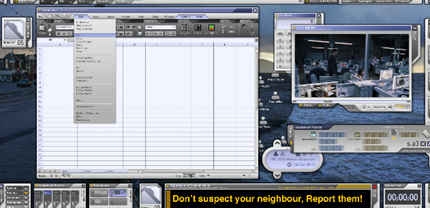
Pablo Picasso reportedly once said “Good artists copy. Great artists steal”, I’m sure many interactive artists around the world have stolen a piece of your idea’s via Movies into real world software? How do you feel about this and does it motivate you?
I have no problem with it at all. Any designer has done this themselves (if they are being honest). If you can provide a small bit of inspiration to someone then that is fantastic thing. We are all influenced by each other and most people don't 'steal', they borrow, combine, adapt and craft until they come up with something new. Then I see that and take inspiration (or steal) from it myself. I do object to straight plagiarism. Not so much in what it is itself, but that it is a lost opportunity for someone to do something creative, even if it is heavily inspired.
It does motivate you, to keep at it, knowing that.
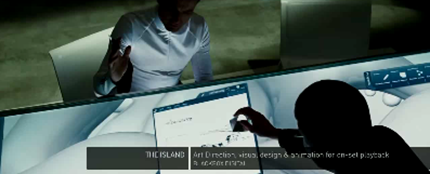
In the movie “The Island” Sean Bean sits over a table like surface and interacts with it, this was the movies yet Microsoft has surface which is real? Did you see this coming, if not does it freak you out that some of your work has come to real life?
There has been alot of confusion over the table in The Island. Most people have no idea of developmental timelines and the table itself was not a guess at what might be. It was actually production themselves who had said it was going to be a table type screen. There was a guy called John Underkoffler from MIT involved as well working on how people might interact with such a device. No doubt some influences came from the work going on there, including that of people like Jeff Han. I myself when I got involved at the design stage, looked over a massive body of work previously done on these type of devices and desktop. It was a relatively easy process to draw elements together and combine in such a way as to make it look like a realistic device.
There is never anything particularly prescient about most of this faux technology. It is all out there, but just not widespread. I look at what labs and hobbyists are doing in basements. We get to make it up and make it look real a few years before it hits the shops. It is just there for the looking.
It was already real life, but perhaps with a few rougher edges.
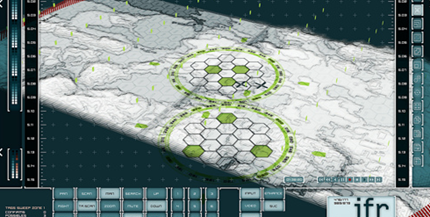
Following on from that question, where should UX head tomorrow? In that a lot of our interactive models follow some pre-set formulas, what should we do unbalance this further in order to push ourselves harder to do better?
Now there is a question!
As I am now involved heavily in real UX/UI work, so I have developed an intimate and sometimes painful understanding of the area.
If anything I think UX should become as divorced from engineering as possible. Not in the sense of not working with engineering, but that solutions should not be defined by engineering parameters.
It should also become divorced from the systems that it runs on. Why should people learn a system rather than simplify a task they want to do (the original point of computers?)
It should become about creating something that people should never be aware of. Each and every 'experience' (I hate that word!) should be a non experience. It seem to have been forgotten that we are building a tool to perform a task and that the task is everything. I don't have a good experience with my hammer. I just hit a nail with it and a good hammer doesn't make me think twice about doing that. The tool should be almost invisible in relation to the thing that people are trying to achieve. Simplicity and transparency.
Focusing on the task at hand and nothing else is the key, not a model, pattern or formula. If you try and fit the task to any of those rather than the other way around, you have failed.
There will always be compromises but my guess is that the real progress will come when those compromises are no longer tolerable.
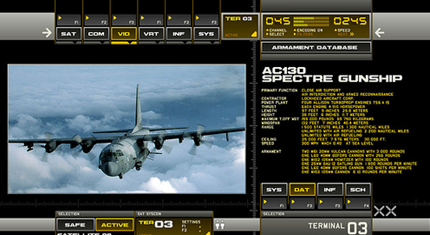
Where do you get your inspiration from?
Many different places. Games, film, graphics, engineering, architecture... it is a list that could go on for ever. The key for me has always been to look beyond the project and process that I am currently engaged in.
I also try and engage in other activities that have a certain synergy with what I am doing. In particularly photography. To look, see and compose can teach you a lot that you can employ in other areas.
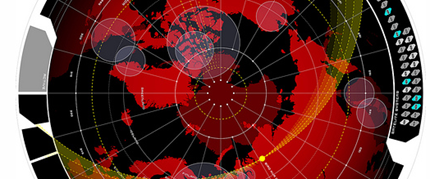
What are some things that irritate you with Software UI today? What are some things that you love in Software UI today?
For the sake of diplomacy, I am not going to name names!
Some of the things I dislike...
Complexity, unnecessary decoration, high contrast, bells and whistles, RTFM, software that makes me feel like an idiot - that blames me for its designers mistakes, imposition, bad metaphors... or just metaphors, implementation models.
Metaphors in particular. A metaphor nearly always feels forced. A real world equivalence that does not always work. There have been great examples of their use in the past but they seem to be regularly over used these days. Stretched almost to breaking.
What do I love... that there is a whole new wave of people creating well crafted simple applications, focused on doing a few things, very well. They are showing a lot of established people better ways of doing things and I hope they get the success they deserve for that. Key elements would be focus, environment, simplicity and context.
I unfortunately can't put a single mainstream tool that I use on a day to day basis in that second list.
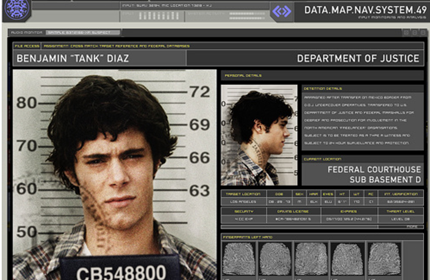
I believe that a good UI will invoke an emotional connection that far exceeds function. What is your belief?
I agree and disagree with that. As I stated before, I think that the UI, as well as the UX should be almost invisible in comparison to what people want to do.
The simple fact is that the user is in an environment and that environment has to be a good one. A nice place to be. People spend a lot of time and effort on the physical environment that they live and work in, yet have almost zero control of the one they do the vast majority on their work. It is supremely important that we get that right and make it good place.
However, that must never become something in itself. Personally I think the creation of an 'Experience' is a failing. It must be good as such, but once something becomes an experience rather than just a part of the process, it starts to get in the way of the task and goal at hand.
If we can create something that never gets in the way of what people want to do, without encumbering them and where appropriate helping them, then we will naturally get that connection.
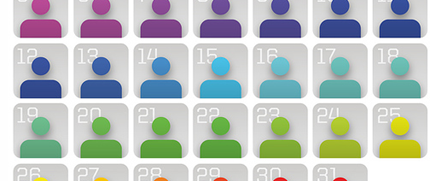
If I were able to assemble every single UI/UX Designer/Developer in the world into an area where you could tell them something, what would you say?
Users will rarely ever be designers, but designers always have to be the users. Without an intuitive grasp of the problem you are trying to solve, it will always be a best guess no matter how much you listen to the end user.